Home>Dining>Tableware>What Are Mid-Century Modern Table Legs Called?
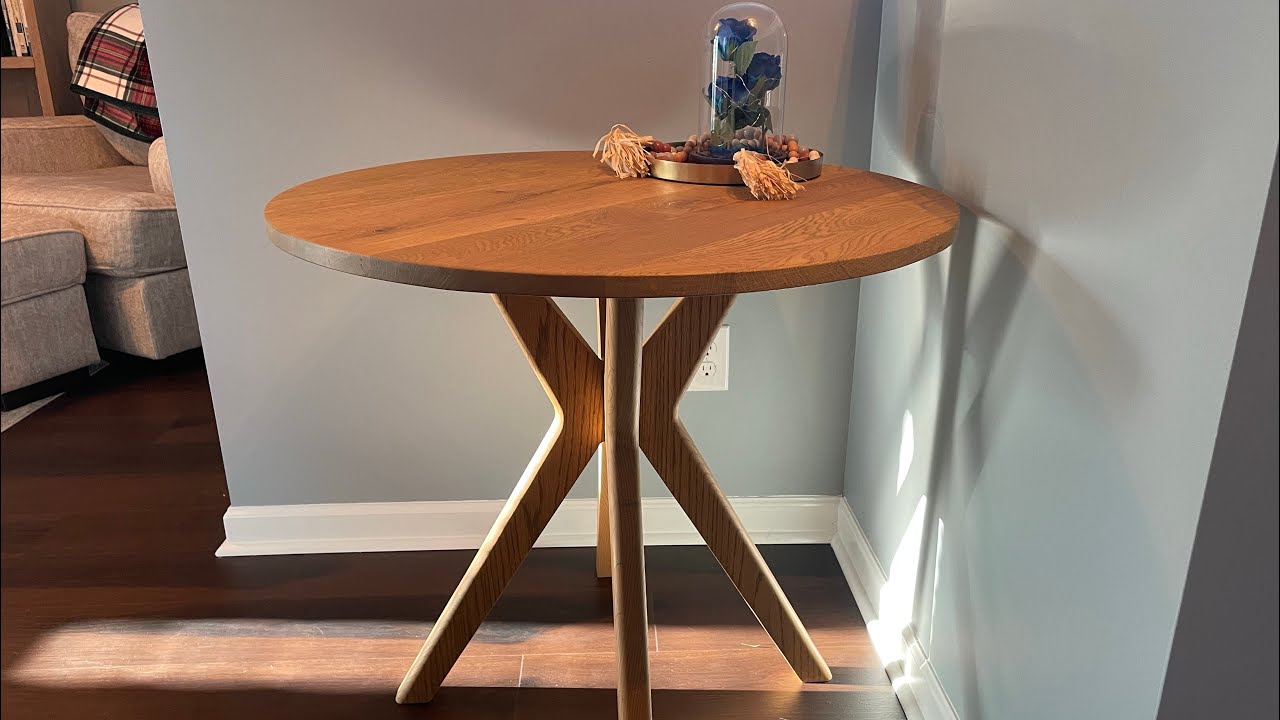

Tableware
What Are Mid-Century Modern Table Legs Called?
Modified: January 3, 2024
Discover the name for mid-century modern table legs called and explore an extensive selection of stylish tableware options for your home.
(Many of the links in this article redirect to a specific reviewed product. Your purchase of these products through affiliate links helps to generate commission for Storables.com, at no extra cost. Learn more)
Introduction
The mid-century modern style has gained immense popularity in recent years. Known for its clean lines, minimalist design, and functionality, it has become a go-to choice for homeowners and interior designers alike. One key element that defines the mid-century modern aesthetic is the table legs. These legs play a crucial role in creating the iconic look associated with this design era.
In this article, we will delve into the world of mid-century modern table legs, exploring their characteristics, variations, popular styles, materials used, maintenance and care, and where to find them. Whether you’re a fan of this design style or simply curious about tableware, this article will provide you with valuable insights. So, let’s dive in!
Key Takeaways:
- Embrace the timeless elegance of mid-century modern table legs, featuring clean lines, natural materials, and versatile styles, to elevate your space with retro charm and sophistication.
- Discover the artistry of mid-century modern table legs, from tapered to hairpin styles, and explore maintenance tips and sources for finding these iconic design elements.
Read more: How To Make A Mid-Century Modern Table
Characteristics of Mid-Century Modern Table Legs
Mid-century modern table legs are known for their distinct characteristics that perfectly capture the essence of this design style. Here are some key features that set them apart:
- Clean Lines: One of the hallmarks of mid-century modern design is its focus on clean, straight lines. Table legs in this style typically feature sleek and simple shapes, such as tapered or straight edges, without excessive ornamentation.
- Slim and Slightly Slanted: Mid-century modern table legs are often slender in profile, giving them a lightweight and streamlined appearance. They may also be slightly slanted outward or inward, adding a touch of visual interest to the overall design.
- Geometric Shapes: Another characteristic of mid-century modern table legs is their affinity for geometric shapes. You will often find legs that feature angular forms, such as triangles, rectangles, or trapezoids, which create a modern and contemporary look.
- Natural Materials: Mid-century modern design emphasizes the use of natural materials, and table legs are no exception. Legs made from solid wood, such as oak, teak, or walnut, are commonly found in this style. These materials not only add warmth and richness to the furniture but also align with the ethos of the era.
- Elevated Design: Mid-century modern table legs are often designed to elevate the tabletop, giving the furniture a lighter and airy appearance. Whether through slender legs or the use of metal accents, this elevated design creates a sense of openness and spaciousness.
These characteristics work together to create table legs that are not only functional but also visually striking. They embody the simplicity and elegance that define mid-century modern design, complementing a wide range of table styles and interior aesthetics.
Variations of Mid-Century Modern Table Legs
Mid-century modern table legs come in various styles and variations, allowing for versatility and customization. Here are some popular variations you may come across:
- Tapered Legs: Tapered table legs are a quintessential feature of mid-century modern design. These legs start wider at the top and gradually narrow towards the bottom, providing a sleek and elegant look. They are often angled outward for added visual interest.
- Straight Legs: Straight table legs offer a more minimalistic and understated aesthetic. They can be rectangular or cylindrical in shape and provide a clean and simple design that pairs well with a variety of tabletop styles.
- Hairpin Legs: Hairpin legs rose to popularity during the mid-century modern era and continue to be a favorite choice for furniture designers today. These legs feature a thin, U-shaped design that adds a touch of vintage charm to the table. Hairpin legs are often made from metal, such as steel or wrought iron.
- Splayed Legs: Splayed legs refer to table legs that angle outward from the center. This design creates a sense of stability while adding a unique and playful element to the table. Splayed legs are commonly seen on mid-century modern dining tables and coffee tables.
- Crossed Legs: Crossed table legs create an eye-catching and dynamic look. This design features two or more legs crossing each other at the base, offering a visually interesting focal point. Crossed legs can be seen on both dining tables and occasional tables.
- Cantilever Legs: Cantilever legs are a bold and innovative variation of mid-century modern table legs. These legs extend horizontally from the tabletop, often in an asymmetrical design, without the need for additional supports. Cantilever legs provide a sense of modernity and unconventional style.
These variations offer opportunities for personalization and customization to suit your individual taste and the overall aesthetic of your space. Whether you prefer the classic elegance of tapered legs or the retro charm of hairpin legs, there are plenty of options to choose from in the world of mid-century modern table legs.
Popular Mid-Century Modern Table Leg Styles
Mid-century modern design encompasses a wide range of table leg styles, each with its unique charm and appeal. Here are some popular mid-century modern table leg styles that you might consider:
- The Atomic Leg: Inspired by the futuristic atomic age, this style features table legs with atomic or starburst motifs. These legs typically have a rounded or flared shape, reminiscent of the atomic structures popular in the mid-20th century.
- The Danish Leg: Danish-inspired table legs are characterized by their organic shapes and natural materials. These legs often have a curved or tapered design and are crafted from beautiful woods like teak or walnut. Danish legs exude elegance and timeless beauty.
- The Wishbone Leg: Wishbone table legs draw inspiration from the iconic wishbone chair design. These legs feature a Y-shaped silhouette, adding an element of sophistication and architectural interest to the table. Wishbone legs are often crafted from wood and can be stained or painted to suit your preference.
- The Trestle Leg: Trestle legs are a versatile and practical option for larger tables. This style typically consists of two parallel supports connected by a horizontal crossbeam. Trestle legs provide stability and an industrial touch to mid-century modern dining tables or workspaces.
- The Angled Leg: Angled legs, also known as splayed legs, are a signature element of mid-century modern design. These legs angle outward from the center, offering stability and a visually striking look. Angled legs can be found on tables of various sizes, from dining tables to coffee tables.
- The Slender Metal Leg: A modern twist on mid-century design, slender metal legs provide a sleek and minimalist aesthetic. These legs are often made from materials like stainless steel or chrome and offer a contemporary feel. Slender metal legs work well with glass or modern materials for a distinctive look.
These popular mid-century modern table leg styles showcase the versatility and creativity of this design era. Whether you prefer the organic elegance of Danish legs or the futuristic appeal of atomic legs, there’s a style to suit every taste and interior design concept.
Mid-century modern table legs are often referred to as “tapered legs” or “splayed legs” due to their characteristic angled design. These legs are a defining feature of mid-century modern furniture and can be found on various pieces such as tables, chairs, and cabinets.
Materials Used for Mid-Century Modern Table Legs
Mid-century modern table legs are crafted from a variety of materials, each contributing to the overall aesthetic and durability of the furniture. Here are some common materials used for mid-century modern table legs:
- Wood: Wood is a prevalent material used in mid-century modern design due to its natural beauty and warmth. Hardwoods such as oak, teak, and walnut are commonly used for table legs. These woods showcase elegant grains and can be finished in different stains or natural finishes to enhance their appearance.
- Metal: Metal is another popular choice for mid-century modern table legs, offering a sleek and modern feel. Steel, stainless steel, and wrought iron are commonly used metals, known for their durability and strength. Metal legs can be left raw or powder-coated in various colors to add a contemporary touch.
- Brass: Brass table legs exude a sense of luxury and sophistication. Brass adds a touch of elegance and can elevate the overall look of the table. Whether polished to a high shine or aged for a vintage patina, brass table legs bring a glamorous element to mid-century modern furniture.
- Lucite or Acrylic: Lucite or acrylic table legs offer a unique and modern look. These transparent or translucent materials create an illusion of floating, giving the table a light and airy appearance. Lucite or acrylic legs are perfect for showcasing vibrant or patterned tabletops.
- Glass: Glass table legs provide a visually striking and contemporary look. With their transparent nature, glass legs create an open and minimalist aesthetic. They pair exceptionally well with glass tabletops or other modern materials, offering a sleek and seamless design.
- Composite Materials: In modern interpretations of mid-century design, you may also find table legs made from composite materials like fiberglass or molded plastic. These materials offer versatility in terms of shape and design, allowing for unique and sculptural leg styles.
The choice of materials for mid-century modern table legs depends on personal preference, the desired aesthetic, and the overall design of the space. Whether you opt for the warmth of wood, the sleekness of metal, or the modernity of acrylic or glass, each material brings its own distinctive charm to mid-century modern furniture.
Read more: How To Make Mid-Century Modern Rugs
Maintenance and Care of Mid-Century Modern Table Legs
To ensure the longevity and beauty of your mid-century modern table legs, it is important to follow proper maintenance and care practices. Here are some tips to keep them in excellent condition:
- Cleaning: Regular cleaning is essential to remove dust and dirt buildup. Use a soft, lint-free cloth to wipe down the table legs. Avoid abrasive cleaners or harsh chemical products, as they can damage the finish or material. For metal legs, you can use a mild soap solution to gently clean any stains or smudges.
- Protective Measures: To prevent scratches or damage to the legs, it is advisable to use coasters, placemats, or tablecloths. These protective measures help shield the legs from moisture, heat, or any potential impact. Be cautious when moving the table to avoid dragging it, which can cause scratches or scuffs.
- Polishing and Conditioning: If your mid-century modern table legs are made from wood, periodic polishing or conditioning can help maintain their luster. Use a specialized wood polish or beeswax to nourish and protect the wood surface. Follow the manufacturer’s instructions for the specific product you are using.
- Checking for Loose Joints: Over time, the joints between the table legs and the tabletop may become loose. It is essential to periodically check for any wobbling or instability. If you notice any loose joints, consider reinforcing them with wood glue or seeking professional assistance to ensure the integrity of the table.
- Mind the Environment: Avoid placing mid-century modern table legs in areas with extreme temperature or humidity fluctuations, as these conditions can cause the material to warp or deteriorate. Keep the table legs away from direct sunlight to prevent fading or discoloration.
- Professional Refinishing: If you have inherited or purchased vintage mid-century modern table legs that require extensive restoration or refinishing, it is best to consult a professional. They can expertly strip the old finish, repair any damage, and apply a new finish to bring back their original beauty.
By following these maintenance practices, you can preserve the beauty and functionality of your mid-century modern table legs for years to come. Remember to always check the specific care instructions provided by the manufacturer to ensure proper care and upkeep.
Where to Find Mid-Century Modern Table Legs
Whether you’re looking to upgrade your existing table or embark on a DIY project, there are several places where you can find mid-century modern table legs. Here are some options to consider:
- Online Retailers: Online marketplaces like Amazon, Wayfair, and Etsy offer a wide variety of mid-century modern table legs. You can browse through different styles, materials, and finishes, read customer reviews, and compare prices all from the comfort of your home.
- Furniture Retailers: Many furniture retailers carry mid-century modern-inspired furniture and accessories, including table legs. Visit your local furniture stores or check their websites to see if they offer table legs that match your aesthetic preferences.
- Antique and Vintage Stores: If you’re a fan of authentic mid-century modern design, consider visiting antique and vintage stores. These establishments often have a selection of original mid-century modern furniture, including table legs. You may find unique and one-of-a-kind pieces that add character and authenticity to your table.
- Specialty Woodworking Stores: If you enjoy DIY projects or want to customize your table legs, specialty woodworking stores can be a great resource. These stores typically carry a range of wood species and hardware options, allowing you to create custom mid-century modern table legs tailored to your specific needs.
- Local Craftspeople: Support local artisans and craftsmen by commissioning them to create custom mid-century modern table legs for you. Reach out to independent woodworkers or metalworkers in your area who specialize in furniture design. They can bring your vision to life and create table legs that perfectly match your style and specifications.
When searching for mid-century modern table legs, remember to consider factors such as material quality, craftsmanship, and pricing. Take your time to explore different options, compare prices, and read reviews to ensure you’re getting the best possible product for your needs.
With the wide availability of options both online and offline, finding mid-century modern table legs that align with your design preferences has never been easier. Whether you choose ready-made legs or opt for a custom creation, these table legs will add a touch of retro charm and sophistication to your space.
Conclusion
Mid-century modern table legs are more than just functional components of furniture; they are emblematic of an iconic design era. With their clean lines, geometric shapes, and use of natural materials, these table legs capture the essence of mid-century modern style and add a touch of elegance to any space.
From tapered legs to hairpin legs, there is a wide variety of styles and materials to choose from when it comes to mid-century modern table legs. Whether you prefer the warmth of wood, the sleekness of metal, or the modernity of lucite, these table legs can transform an ordinary table into a statement piece.
Maintaining mid-century modern table legs is essential to preserve their beauty and functionality. Regular cleaning, protecting them from scratches or damage, and checking for any loose joints are key steps in ensuring their longevity. Remember to consult specific care instructions provided by manufacturers for the best results.
When searching for mid-century modern table legs, consider exploring online retailers, furniture stores, antique shops, specialty woodworking stores, and local craftspeople. Each option offers a unique selection, giving you the opportunity to find the perfect legs that match your style and preferences.
Whether you’re revamping your existing table or embarking on a DIY project, mid-century modern table legs can be the finishing touch that elevates your space. Their timeless design and versatility make them a popular choice for homeowners and interior designers alike.
So, embrace the beauty of mid-century modern table legs and let them add a touch of retro charm and sophistication to your home. With their iconic style and impeccable craftsmanship, these table legs are sure to make a lasting impression and transform the way you set your table for years to come.
Frequently Asked Questions about What Are Mid-Century Modern Table Legs Called?
Was this page helpful?
At Storables.com, we guarantee accurate and reliable information. Our content, validated by Expert Board Contributors, is crafted following stringent Editorial Policies. We're committed to providing you with well-researched, expert-backed insights for all your informational needs.
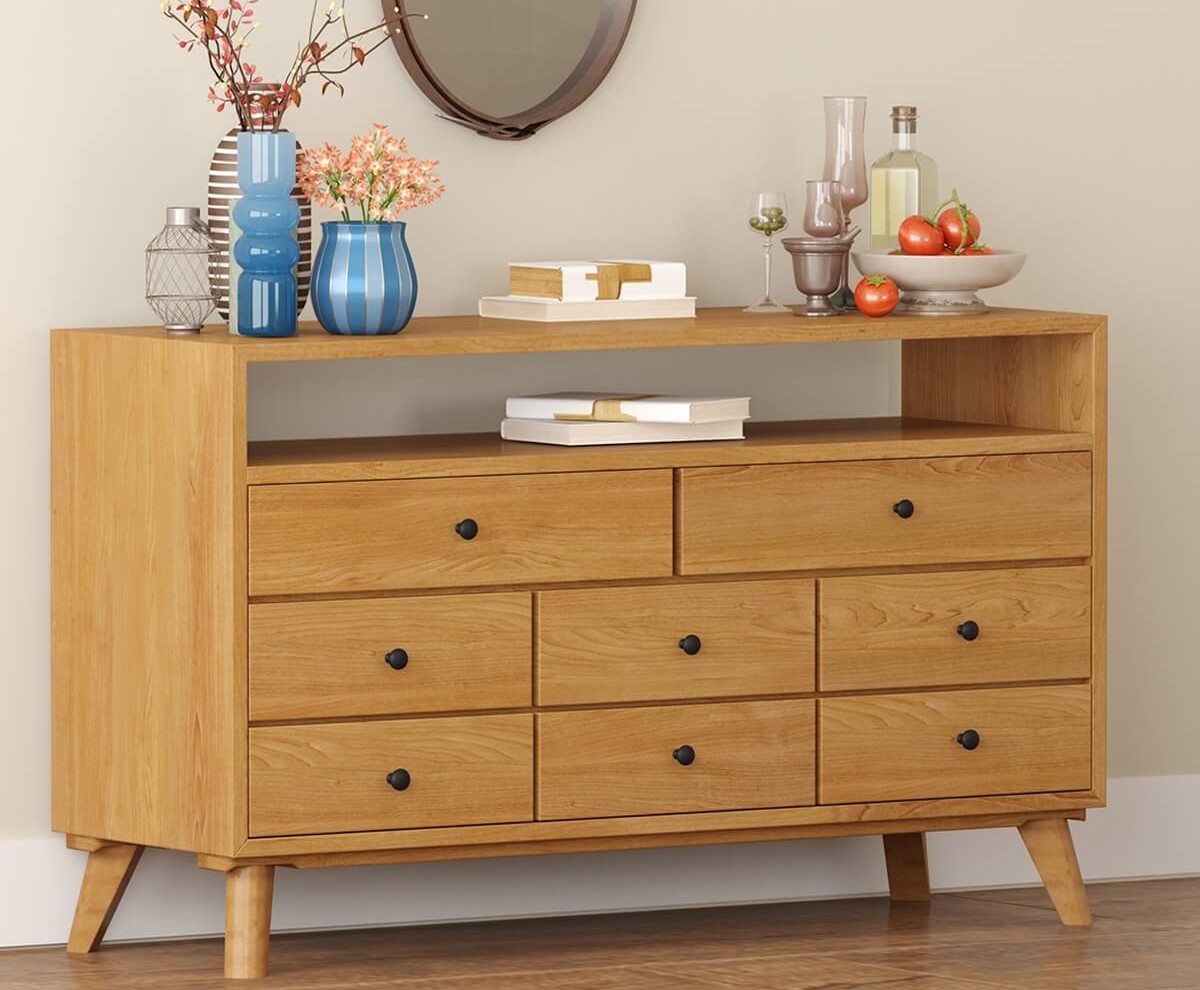
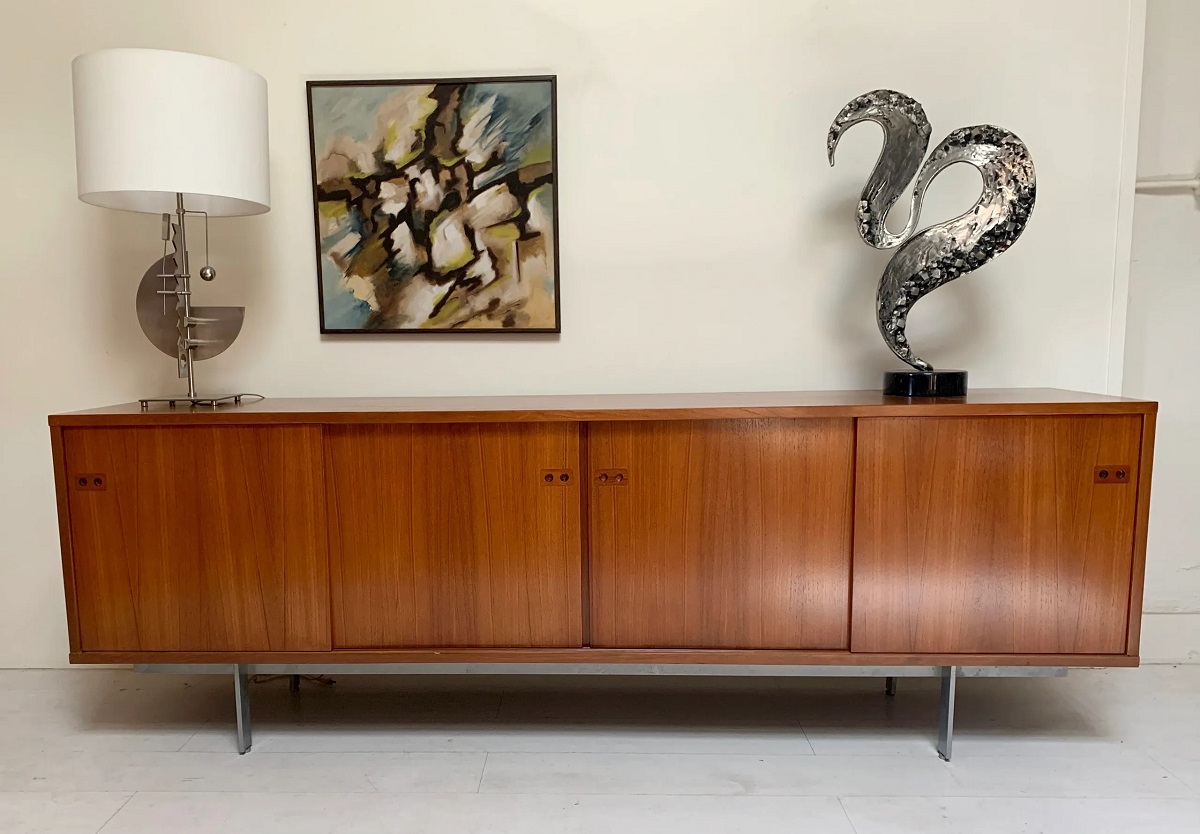
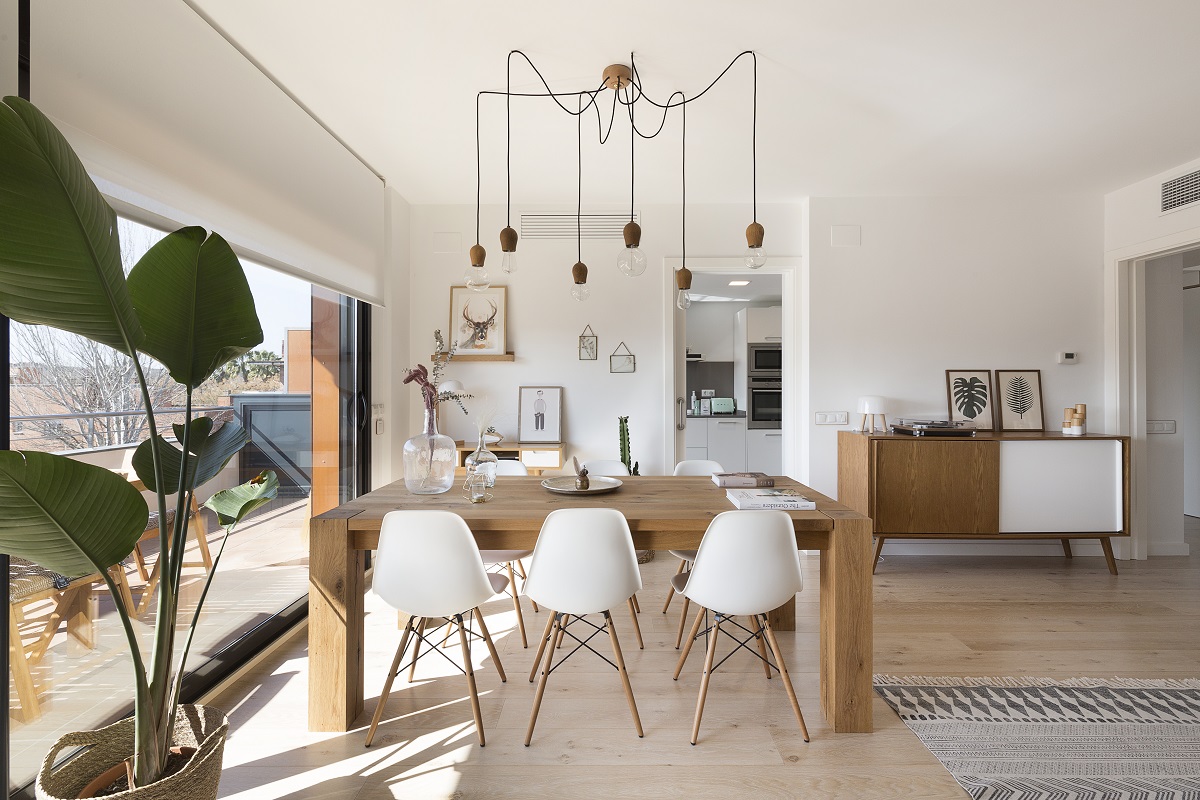
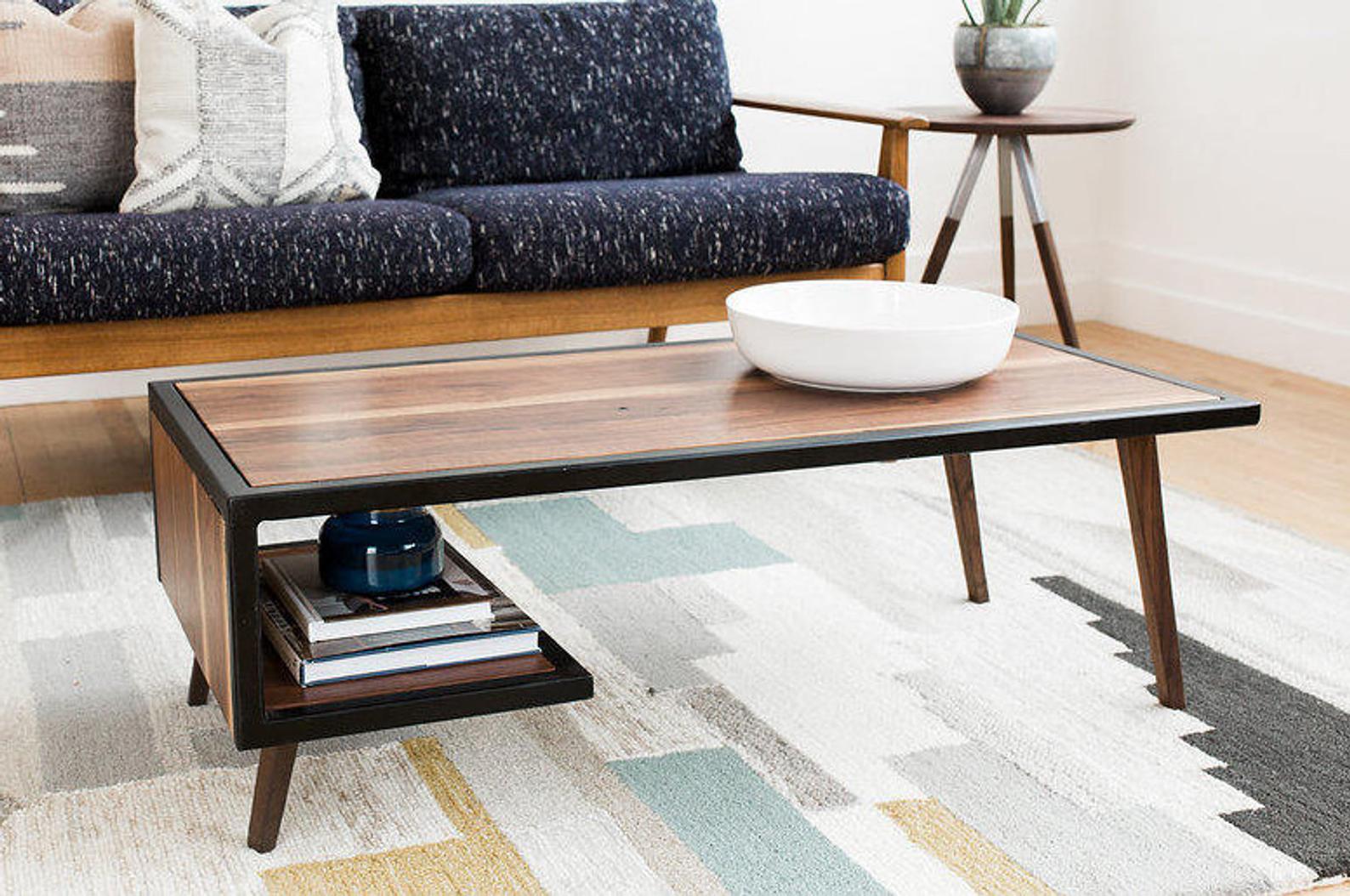
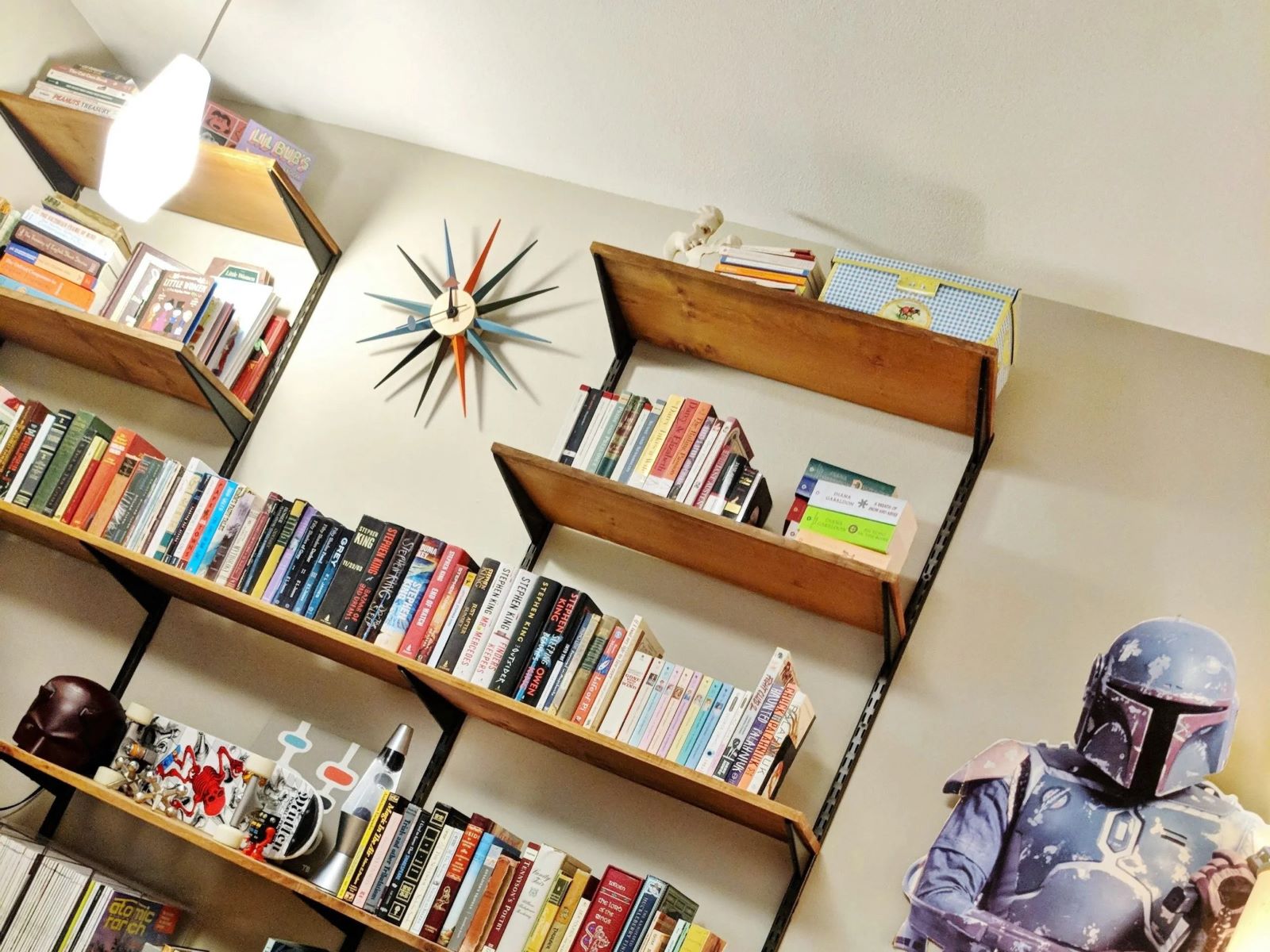
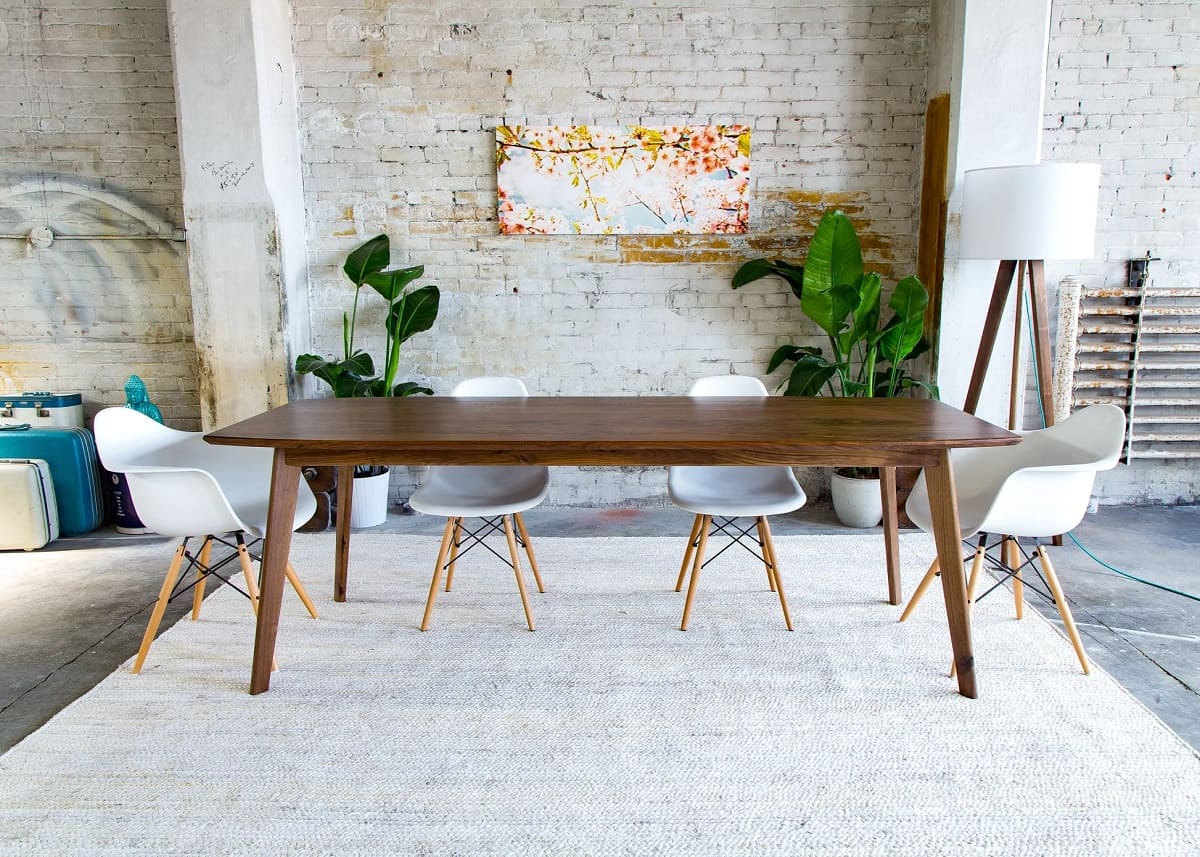
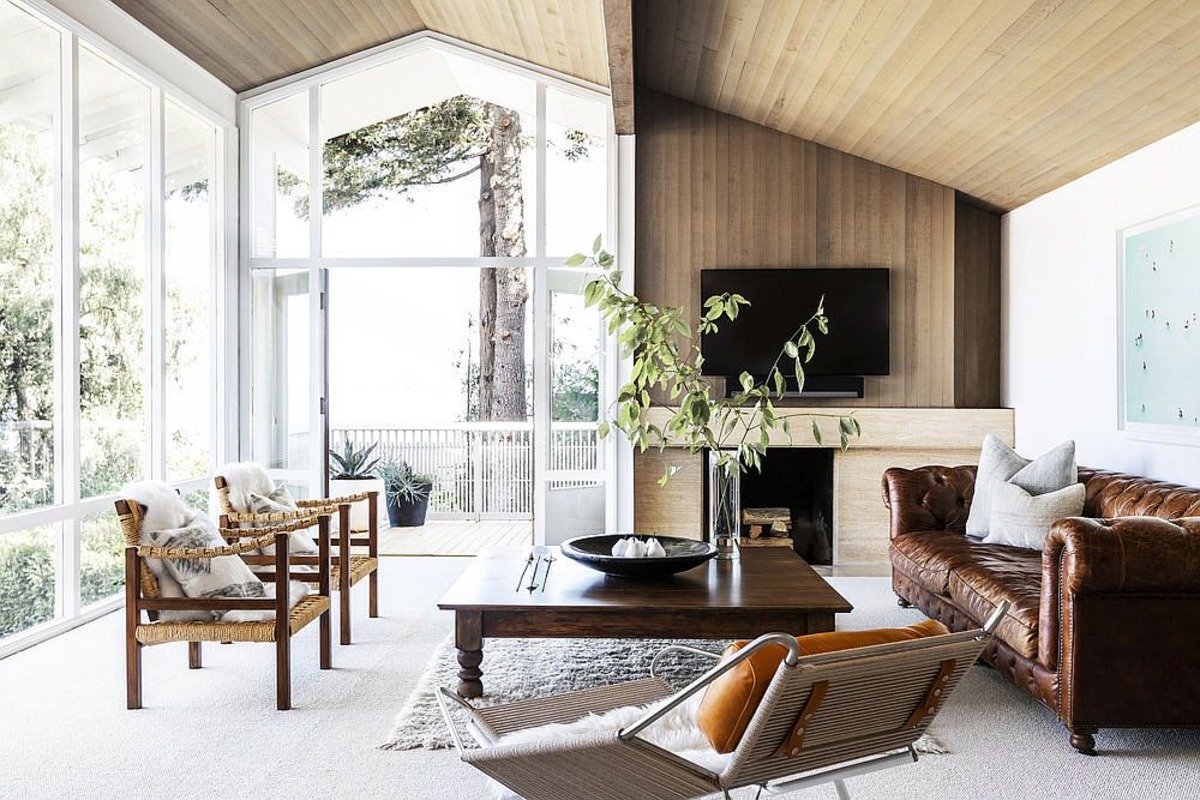
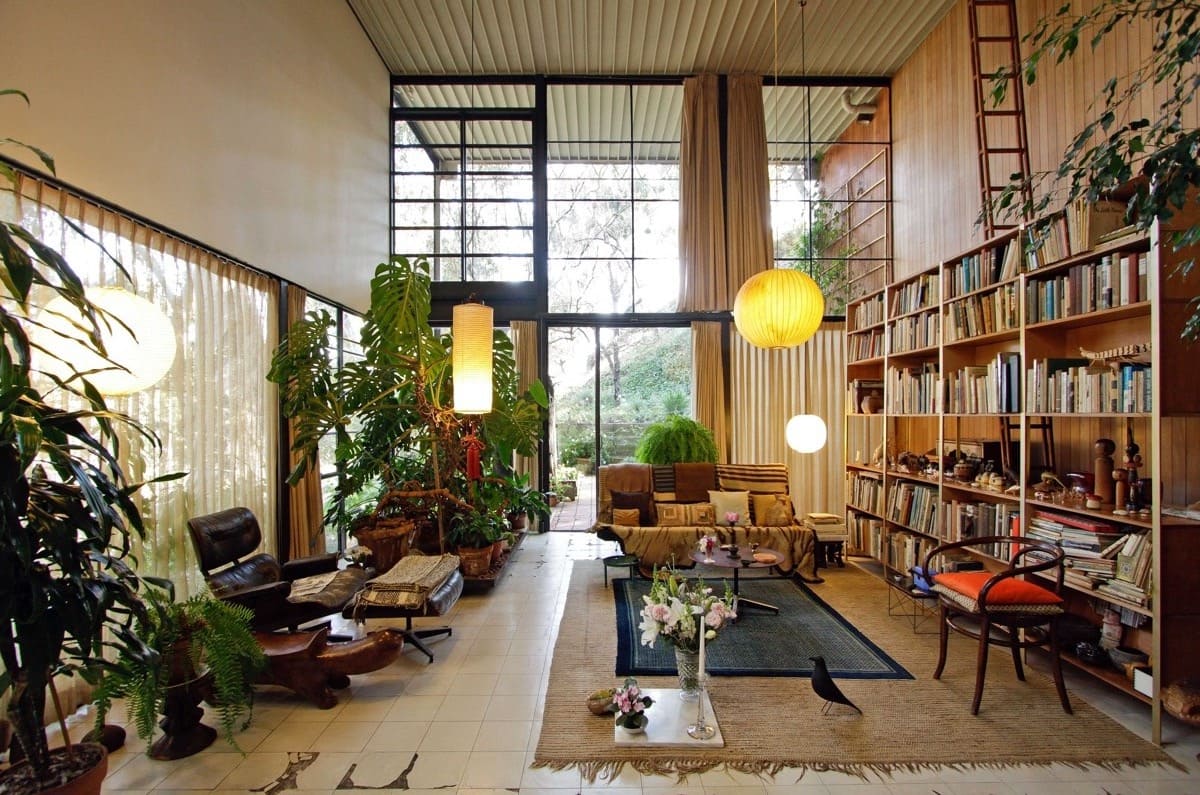
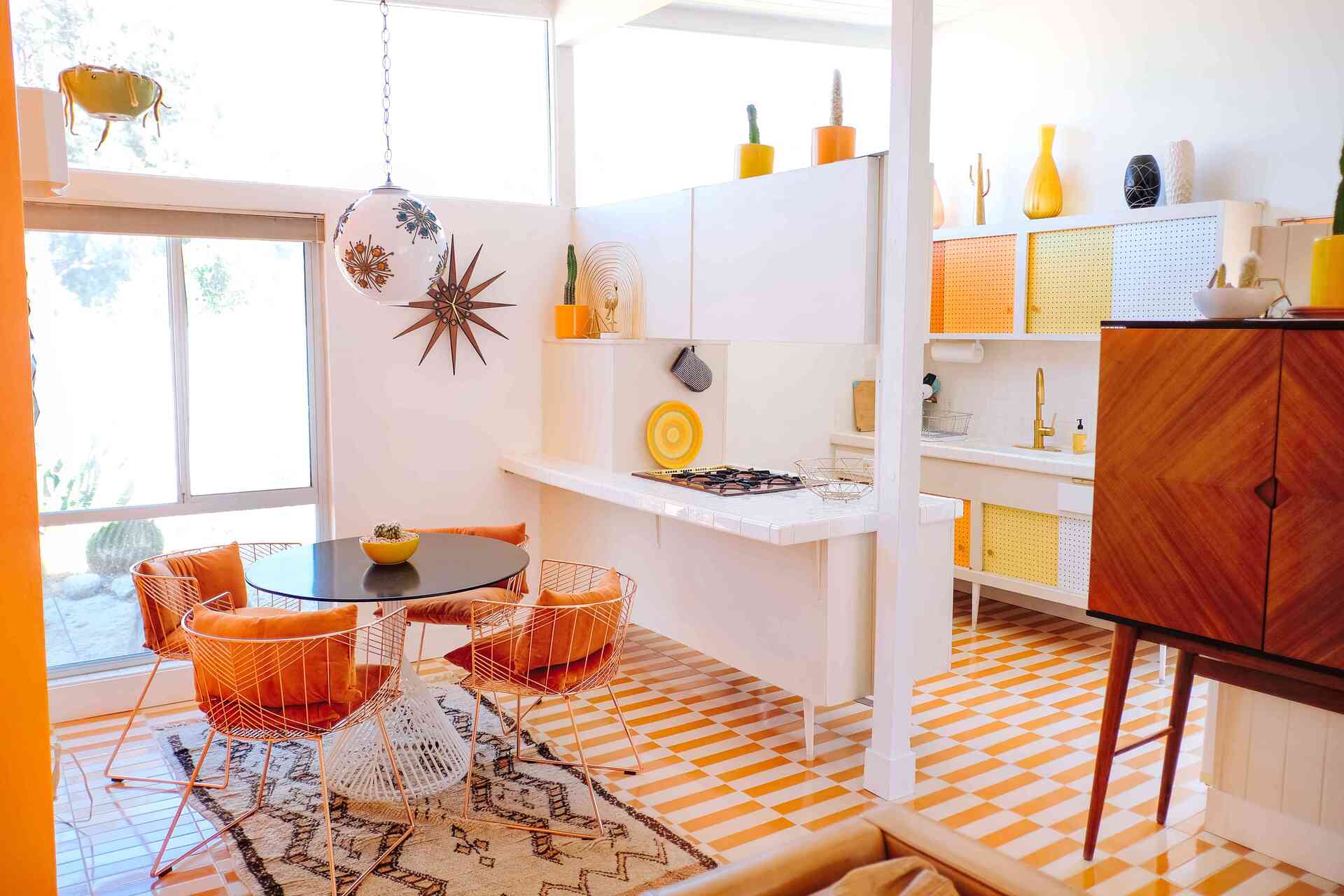
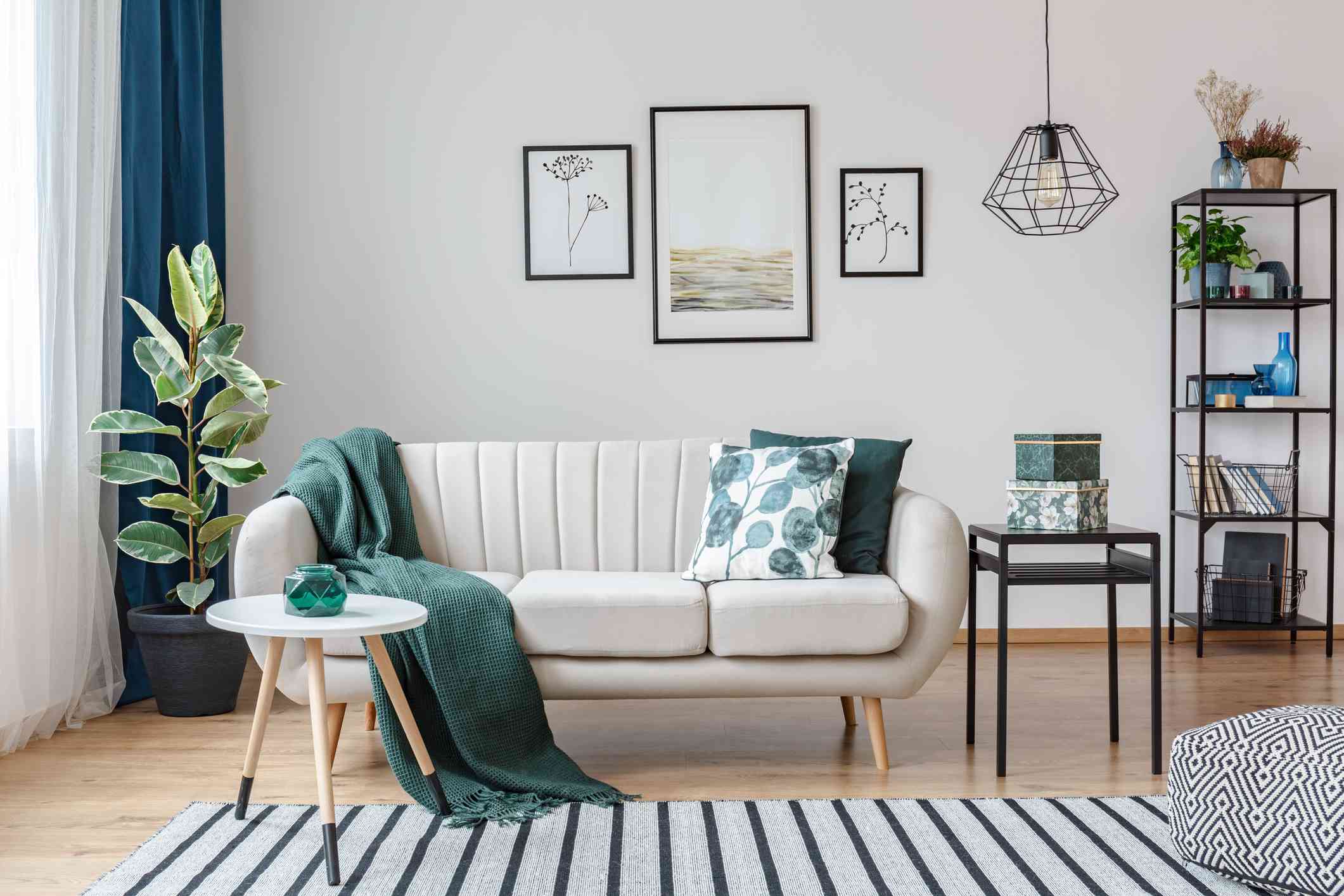
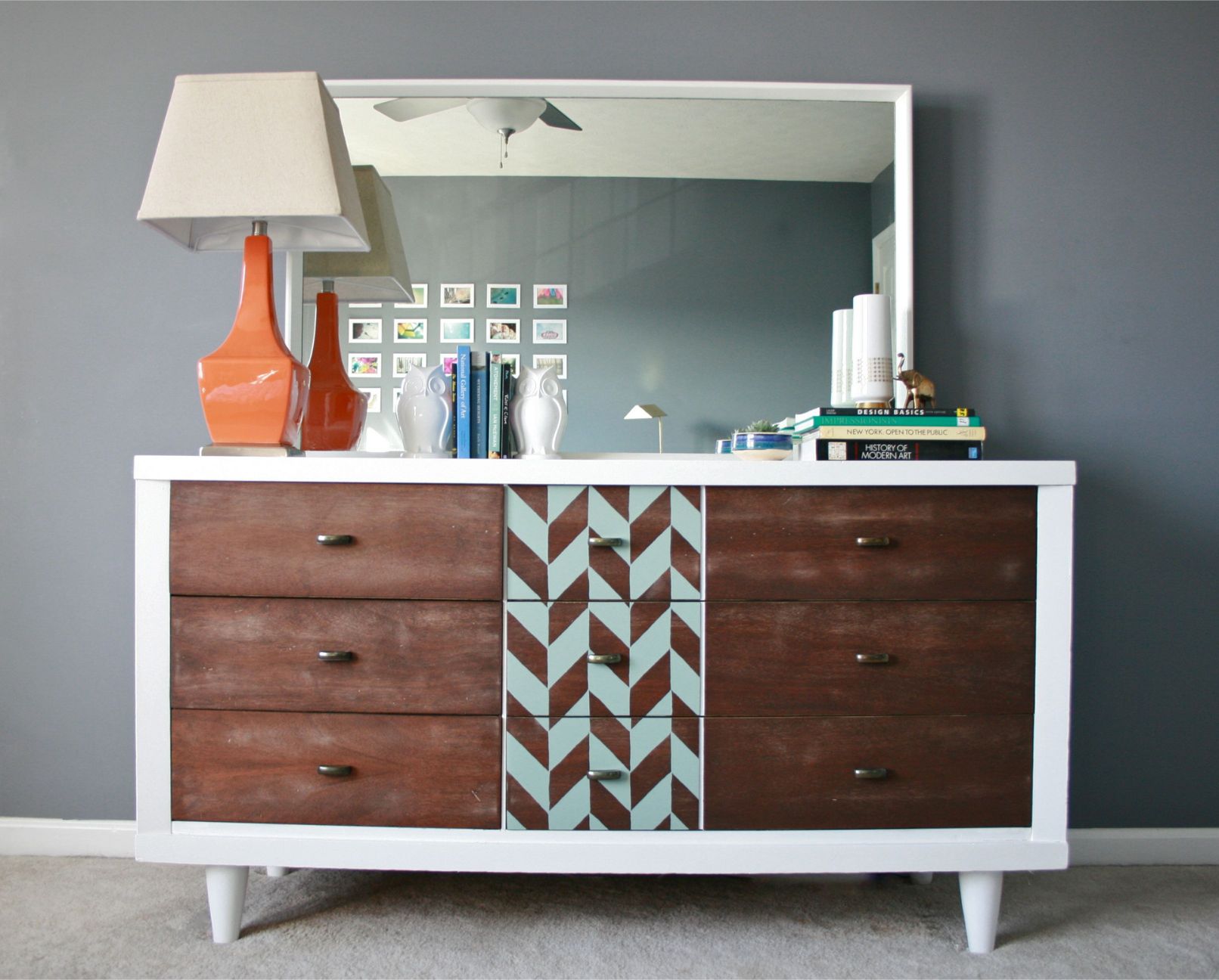
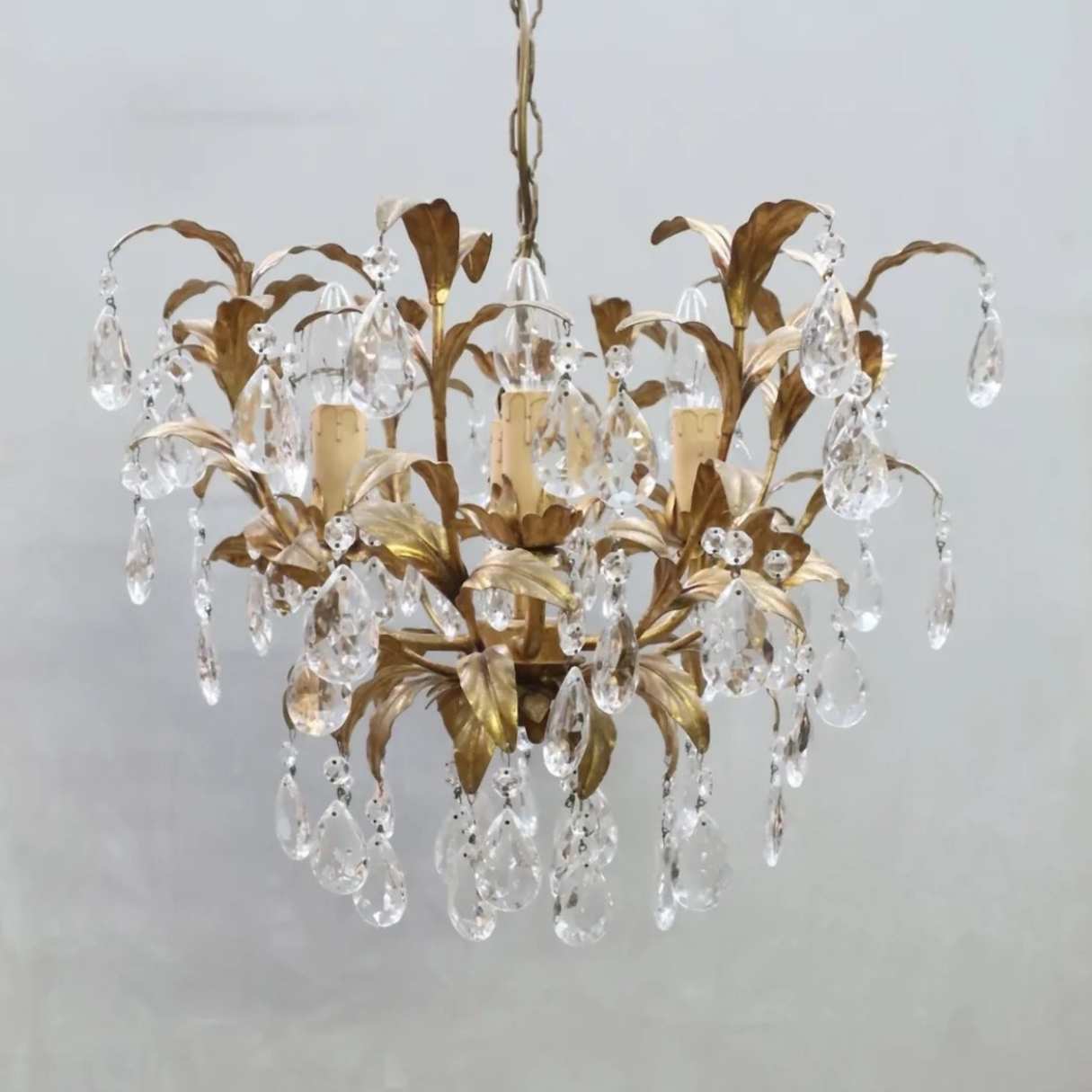
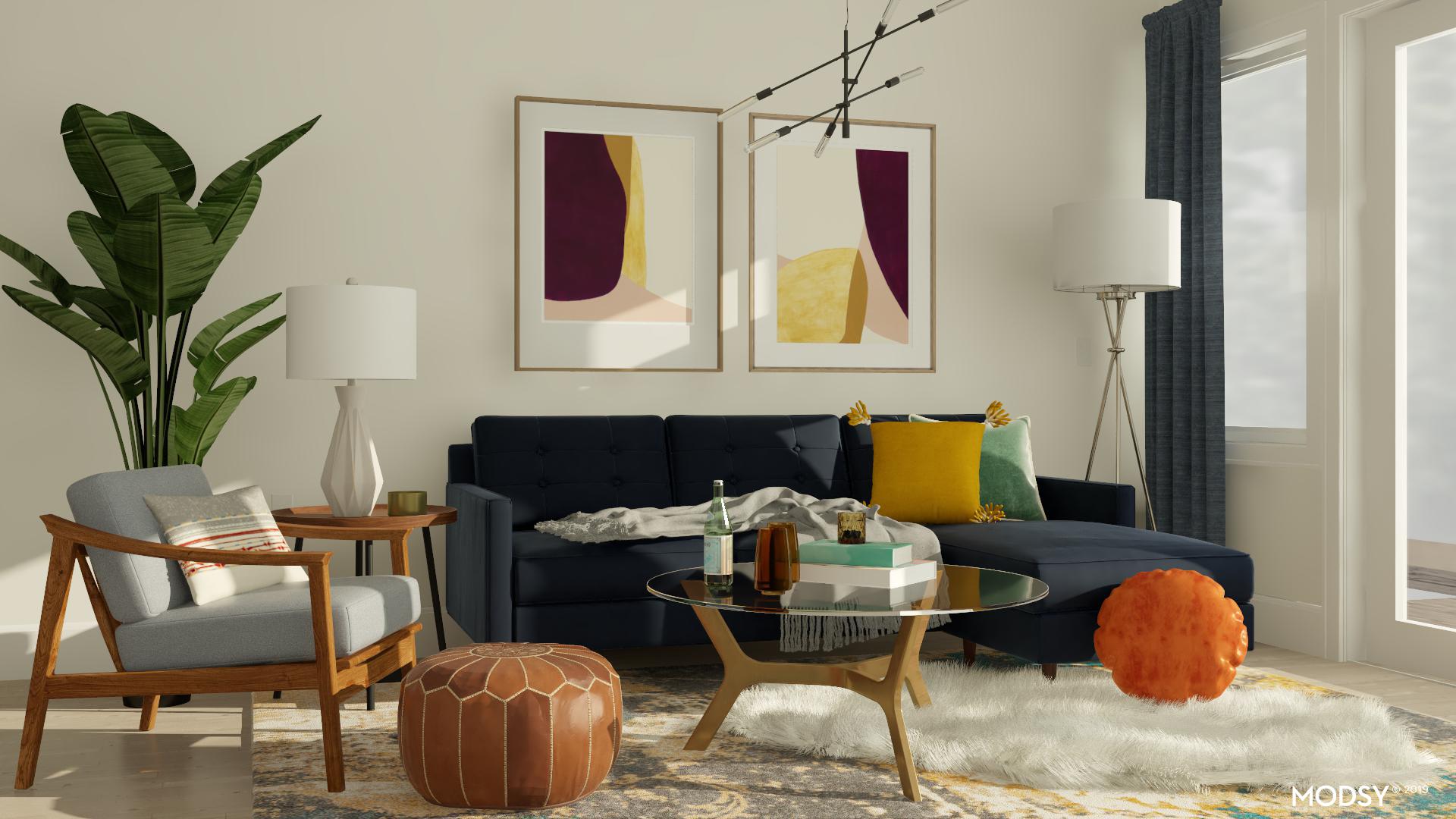
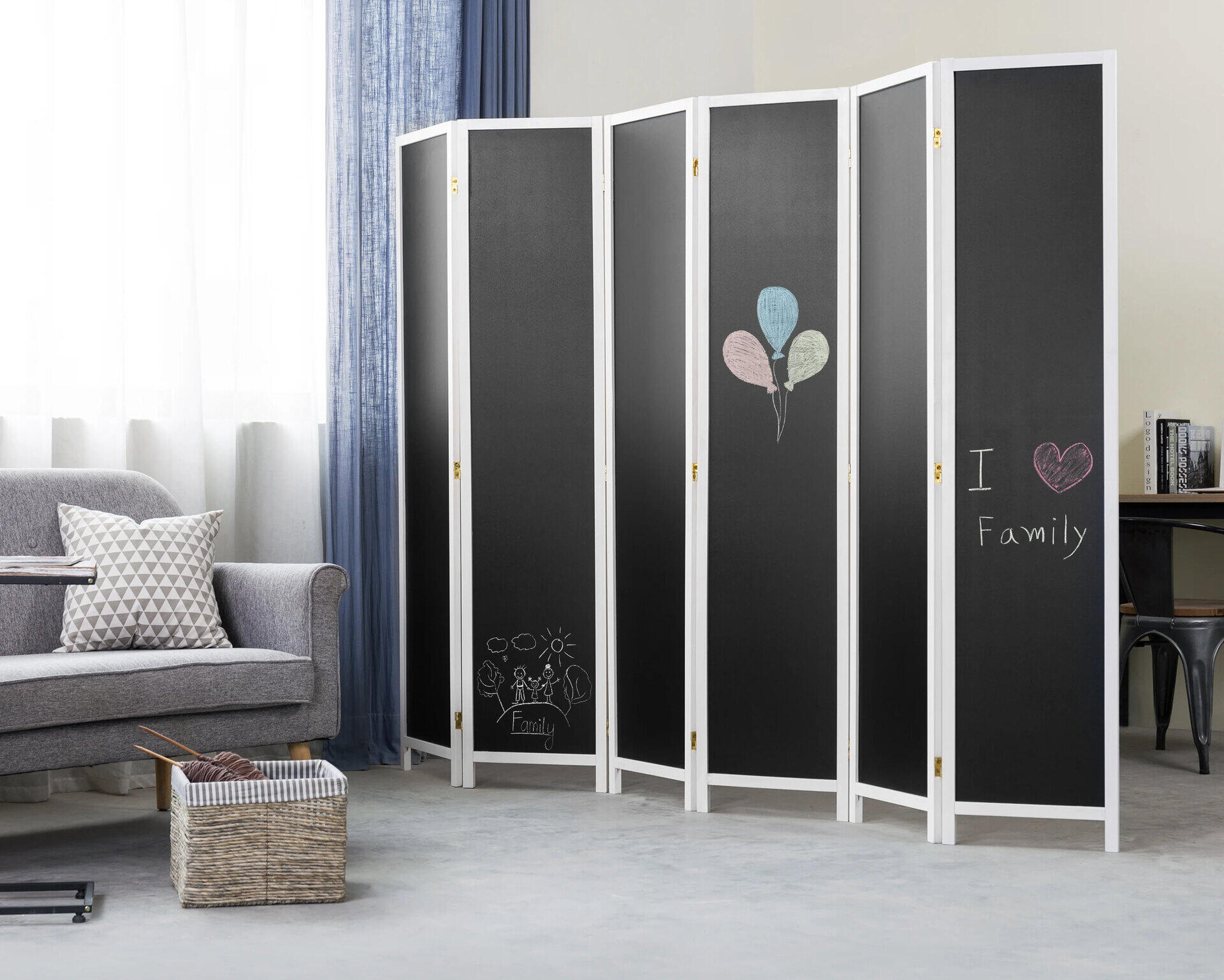

0 thoughts on “What Are Mid-Century Modern Table Legs Called?”